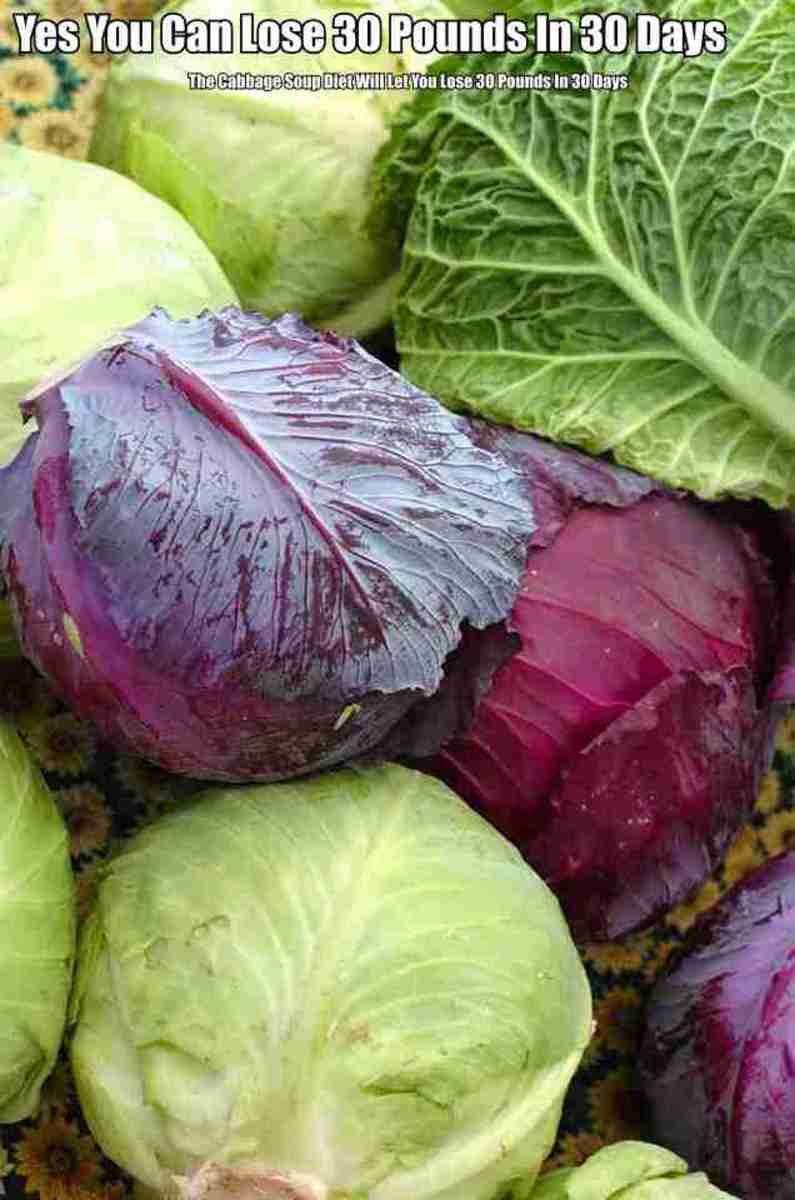Intermittent Fasting: how mindful meal-skipping can improve health and body composition.

What is Intermittent Fasting?
Intermittent fasting has recently emerged as a popular topic in the realm of nutrition, body composition. But what is it, exactly?
According to Wikipedia:
"Intermittent fasting (IF) is a pattern of eating that alternates between periods of fasting (usually meaning consumption of water only) and non-fasting."
This article will cover just the basics of intermittent fasting, with links at the end to more authoritative sources. As a practice among human beings, intermittent fasting was once a matter of necessity, especially among hunter-gatherer populations ("the mammoth got away, no dinner tonight").
As a weight loss and strength training tool, intermittent fasting is fairly new as a popular concept, but research by scientists and experiments by fitness professionals has shown many benefits.
Who should do it?
Intermittent fasting isn't something that just anyone should do. One can't just jump into it from a standard American diet made up primarily of simple sugars and starches. Intermittent fasting is healthy and yields positive results when the practitioner has adapted to a diet high in proteins, healthy fats and a moderate amount of healthy starches like tubers and wild rice. The latter style of eating ensures that your body is adapted to burn stored fat for energy instead of waiting expectantly for a rise in blood sugar.
One also has to consider the mental aspect of abstaining from food. If fasting is undertaken for the wrong reasons, it can quickly cease to be a tool for healthy body improvement and become a symptom of an unhealthy fixation on weight loss. Even among those who practice it for the correct reasons and under proper advisement, not eating for a given amount of time conjures up the idea of anorexia.
Intermittent fasting is not necessarily about lowering the calorie count of the meals you eat when breaking the fast. The process is much more about condensing intake of the regular amount of calories required by your body into a smaller window of time, referred to as the "eating window."
The links at the end of this article will point you to sources which discuss various systemized fasting patterns. One plan advocates one massive meal a day following weight training, another recommend two sizable meals a day and yet another advises simplifying the process to eating moderately whenever truly hungry and not being afraid to skip a meal now and again.
To find out what works best for you, it all comes down to simply being open-minded and willing to try an unconventional schedule. If you eat healthily, follow a good training regimen and maintain an uncomplicated body image, intermittent fasting might be something to consider to accelerate that last bit of weight loss or increase muscle mass. However, every person has individual needs, and if fasting (or any variation in nutrition or meal frequency) leads to unhealthy results, STOP.
Books about intermittent fasting.
Reconnecting with what it means to be hungry.
Food is everywhere in Western culture. While much of the world goes hungry every day, most Westerners live a life where food is constantly available.
This brings up the question. Do we know what it feels like to really be hungry?
According to gastroenterologist Michael Picco, total digestion of a meal can take 24-72 hours. The first seven to eight of those hours see food passing through the stomach and small intestine. The remainder of the food's time is spent in the large intestine for full absorption of nutrients and water before the leftovers and spent gut flora are ultimately expelled as waste.
This means that the average meal stays in your body for an extra eighteen hours minimum after passing out of your stomach.
However, despite the fairly long amount of time it takes for a meal to complete even that first phase of digestion, most Americans still eat a full meal every four to six hours, often with the addition of sugary or starchy snacks between meals. The addition of so many simple sugars in daily consumption (either in snack form or in their unnecessary addition to most pre-made foods), also means that the liver is under near-constent duress to process the steady flow of fructose coming into your body all day, every day. As concurred by a September 2011 article in the Harvard Medical Journal, this is not healthy.
Ultimately, the schedule on which many Americans eat is not dictated by the day-to-day energy requirements of our bodies; we simply operate according to cultural dictums like "three squares" or "breakfast is the most important meal of the day."
But should culture dictate what we put into our bodies? Eating is a very personal experience. No one should have any right to dictate what goes into your body except you. So why do we often let something so impersonal as mass expectations set the schedule for when and what we eat?
A fast of 24-36 hours can be instrumental in allowing the body to fully digest the last meal consumed. Adopting the practice of occasional twenty-four hour fasts, or even just habitually skipping breakfast (allowing a longer time period for the body to process dinner), can be extremely helpful in making you more attuned to the body's actual needs.

Losing fat and building muscle.
Intermittent fasting is useful for both fat loss and increasing lean mass.
Fasting increases the body's production of Human Growth Hormon (HGH). A natural hormone secreted by the pituitary gland, HGH plays a vital role in making your body respond optimally to food intake and exercise.
Everyone wants to shed fat. We need some meat on our bones to be healthy, but when you have more than you need, fasting can help get rid of it. HGH increases lipolysis, which encourages your body to burn stored fat.
And lean mass? That's muscle! We need muscle. Muscle is good. It makes us feel good and look good. Studies show that HGH actually increases during a fast.
More than just burning fat, HGH also accelerates muscle recovery after a workout and can help speed the growth of lean mass.
Insulin sensitivity also appears to be improved during a fast, making it a good option for people interested in carb-restricted weight loss and better moderation of blood sugar.
Although far from being a scientific expert, actor Matthew McConaughey, well-known for his ripped physique, eats according to the Paleo Diet and follows a fasting lifestyle in a manner most in accordance with Ori Hofmekler's "Warrior Diet." I would daresay that McConaughey is a walking testament to the effectiveness of one solid meal a day.

Do your own research!
Many more links to studies into the science of intermittent fasting may be found in the links posted below.
Furthermore, never undertake a major dietary change under ill-advisement. Read current research thoroughly, and talk to your physician if you have underlying health conditions.
That said, I highly recommend intermittent fasting as a method of increasing your metabolism and resetting your stomach-to-brain connection for healthier eating.
Read more about intermittent fasting.
- Intermittent Fasting: A Beginner's Guide | The Art of Manliness
- How Fasting Aids Weight Loss | Mark's Daily Apple
The first in Mark Sisson's great series, "Why Fast?" with links to the rest of the series' articles.








